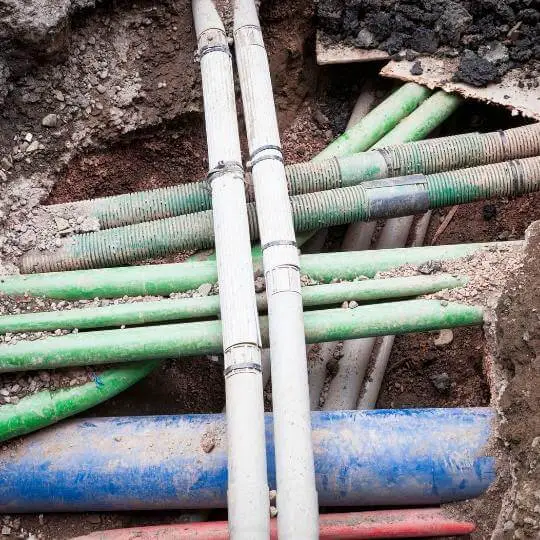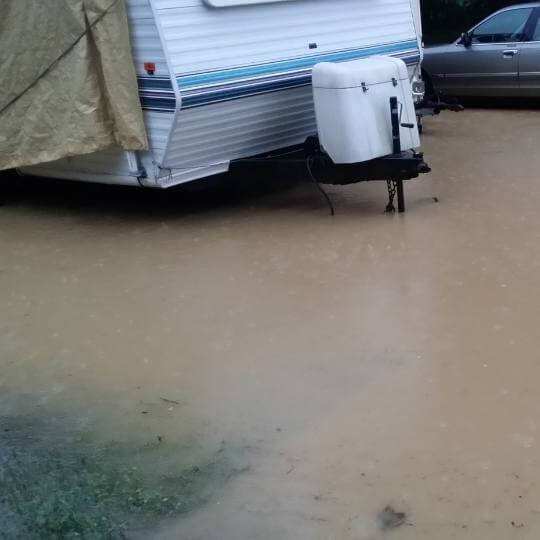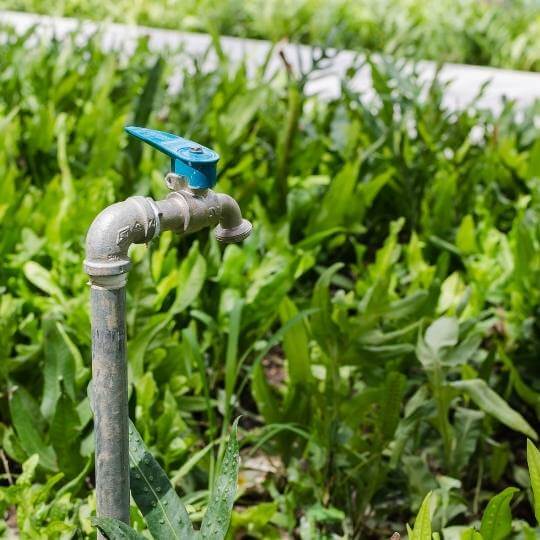We will most likely have vehicles drive over the buried pipe. But can you drive over buried pipe?
Knowing the layout of our house’s pipes can come in rather handy for a multitude of projects we may engage in. It helps us avoid issues with pipes as well as legal problems by avoiding the area where the pipes are located when making the plans.
Can you drive over buried pipe?
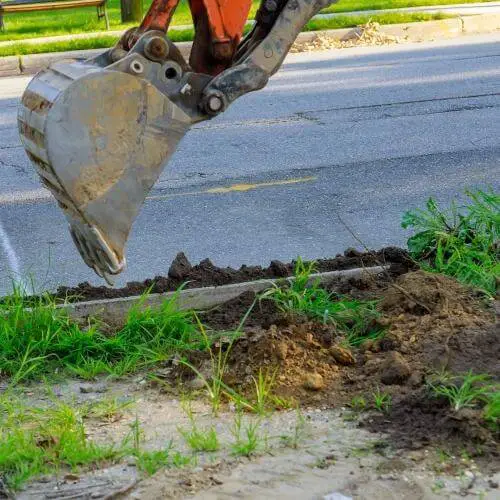
To answer this question we have to look at a few other factors. All of these factors will contribute to the overall resilience of the pipe and the area above it. In turn, we will understand if the pipe can be driven over or not.
Pipe is properly buried
Depending on the size of your pipes, you could need about a foot of soil over them to achieve good enough support for anything going over them. This depth will usually depend on the area you live in and the type of pipe so it’s always good to get educated on the matter.
Look up online whether you can find a corresponding PVC pipe burial depth chart. It should provide you with accurate numbers that will discern how safe it is for vehicles to go over your pipe.
The soil is compacted well
Another thing to keep in mind is whether the soil has been properly treated after excavation. Once the pipes are placed into the trench, the soil that fills it has to be compacted properly. This is something to take into account whenever you do extensive work on your pipes. Under the circumstances of compacted soil, vehicles can cross the pipe with no issue. The soil itself will keep your pipes from any damage.
However, in case the soil is still loose, you will run into issues. Such soil cannot carry the load of the heavy vehicles that will drive above it and as such may shift and move around. What this leads to is pipe damage as the pipe itself isn’t properly set in place and has a myriad of debris from the soil scraping its surface.
Don’t drive over septic tanks
Keep in mind, even if you’ve covered these factors there’s a bit more to think about. That being the danger of driving heavy machinery over septic tanks, drains, and piping.
As you can assume, these aren’t quite as protected as our usual pipes. Especially with septic tanks, which allows us to keep our pipes healthier by letting wastewater settle inside of the tank. During this time, most of the debris will settle at the bottom of the septic tank, making the outflowing wastewater less likely to lead to the accumulation of debris.
The damage to our septic tank caused by vehicles that go over it can be rather dire. It also leads to further problems that could have our whole sewer installation heavily compromised.
PVC pipe under driveway
Installing water lines and other similar installations underneath a gravel driveway can be a concerning endeavor on its own. After all, there are steps we need to follow to avoid major problems with the project and future issues. To reduce the likelihood of adverse effects of these operations, is frequently used. Its resilience and ability to endure far more weight come in real handy during these projects.
PVC pipe resists tree roots
The added benefit comes from the pipe being resistant to intrusions from tree roots. Tree roots are a constant source of problems for underground pipes so having them neutered as a threat is very much appreciated. That also means our driveways have fewer chances of having to be demolished as part of resolving the tree roots in the sewer pipes issue.
Can you drive over buried pipe?
If your pipe runs under a driveway, the experience is similar but notably different. This is due to the added layer of complexity that said driveway brings. While before we only had to worry whether our soil is properly settled, now we have to worry about the weight of the driveway itself.
Settling plays a role too
Another concern added on top of this is that the driveway may settle over time, leading to the concrete being closer to the pipes and as such additional weight could lead to damages easier than usual.
How deep to bury drain pipe under driveway?
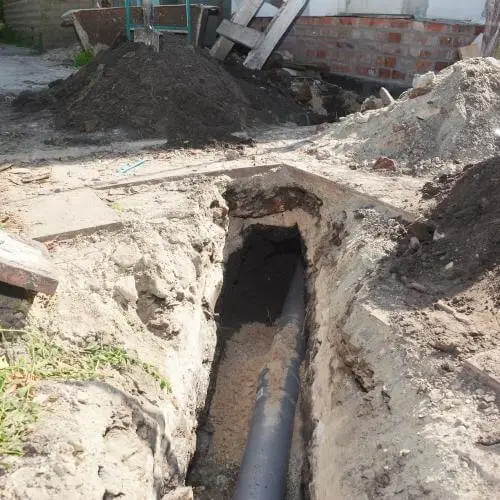
The depth of your pipe is an important thing to consider among all the other factors that go into the installation of the whole system. You should make sure the depth of the trench intended for the pipes is compliant with the legal limit of the area. Not only would neglecting these laws risk legal trouble in the future, it also makes your pipes far less safe.
The first thing it will affect is the longevity of these pipes. Due to their depth being improper there’s a high chance they’ll get exposed to more harmful materials and as such last far less than usual.
Another impact you could see even earlier is pipes having issues functioning during cold or warm months especially if you live in areas where extreme temperatures are the norm.
To give a somewhat generic answer, the proper depth of your pipe will usually be foot and a few inches below.
When vehicles start driving over the pipe this depth will also protect them from potential damages if the other factors are fulfilled.
How much weight can Schedule 40 plastic PVC take?
The weight we can force upon our pipe until it gives out is an important factor in the whole business of enabling vehicles to drive over our pipe. Additionally, you shouldn’t neglect the diversity of strength found within these pipes.
For Schedule 40 plastic PVC pipe specifically, we are looking at a pretty decent tensile strength. The smallest size of this pipe can endure 264 lbs of weight before giving in. Considering its thickness of half an inch, this is a rather impressive feat. However, it doesn’t stop there. The largest pipe of the Schedule 40 plastic PVC line can take over 10,000 pounds in weight.[1]
Another concern is temperature. The temperature the pipe is operating in can have a heavy impact on its performance. Usually, the higher it is the lower the strength of the pipe. The standard temperatures are hardly going to impact pipes strength but more extreme conditions are bound to leave a mark.[2]
Some calculations estimate that pipes can lose as much as 20% of their tensile strength when exposed to temperatures above 100 degrees.
How much pressure PVC pipe withstand
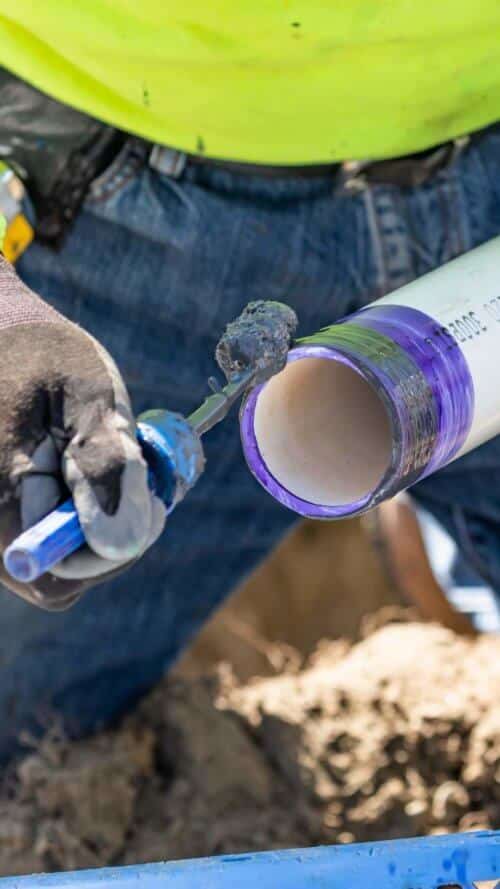
Another point of concern with the handling of our PVC pipes is how much pressure they can endure. The pressure may be even more important than weight. For PVC pipes, handling of pressure was always a field they had issues excelling at.
The handling of pressure that our PVC pipes possess also depends on their size. Smaller-sized PVC pipes can handle a good amount of pressure. When used for homes they do the job well, enabling the whole installation to endure pressure as well as it would with metal pipes.
Aside from standard internal pressure that builds from the heavy flow of liquids through the pipes, we need to take into account external pressure that can endanger the balance of our installation’s inner workings. That’s why knowing the burst pressure is important when trying to drive over the pipe itself.
So with all that said, we should point at some numbers. The Schedule 40 PVC pipe we’ve mentioned above can endure 1,900 psi of pressure before bursting. On the other hand, the biggest Schedule 40 pipe can only take 500 psi of pressure before breaking. This means that while the strength of the item may increase, the amount of pressure needed to make it burst goes down by quite a margin.
Conclusion
The definite answer to the questions is difficult to give due to all the accompanying factors. Although, assuming your installation has been built in accordance with all limits and regulations you shouldn’t face any problems overall. It does pay to double-check as the potential adverse effects could lead to pricey repairs and stall the building projects if you are engaging in any.
We should pay extra care to additionally troublesome areas such as driveways, as they do come with some qualifications of their own. The tensile strength as well as ability to reesist pressure that our pipe has is an important factor too. It can tell us how much tension it can sustain before bursting so knowing that beforehand can help you plan around these limits better.
Lastly, never drive over actual septic tanks and other septic installations. They aren’t as resistant as regular pipes and damage to them could be catastrophic to the entire installation.
Before engaging in any works or bringing heavy vehicles onto your property through a place where they will drive over pipes, consult both available professionals who can deduce the resilience of your pipes and the teams you have working on your property. The peace of mind this can give you is unparalleled.
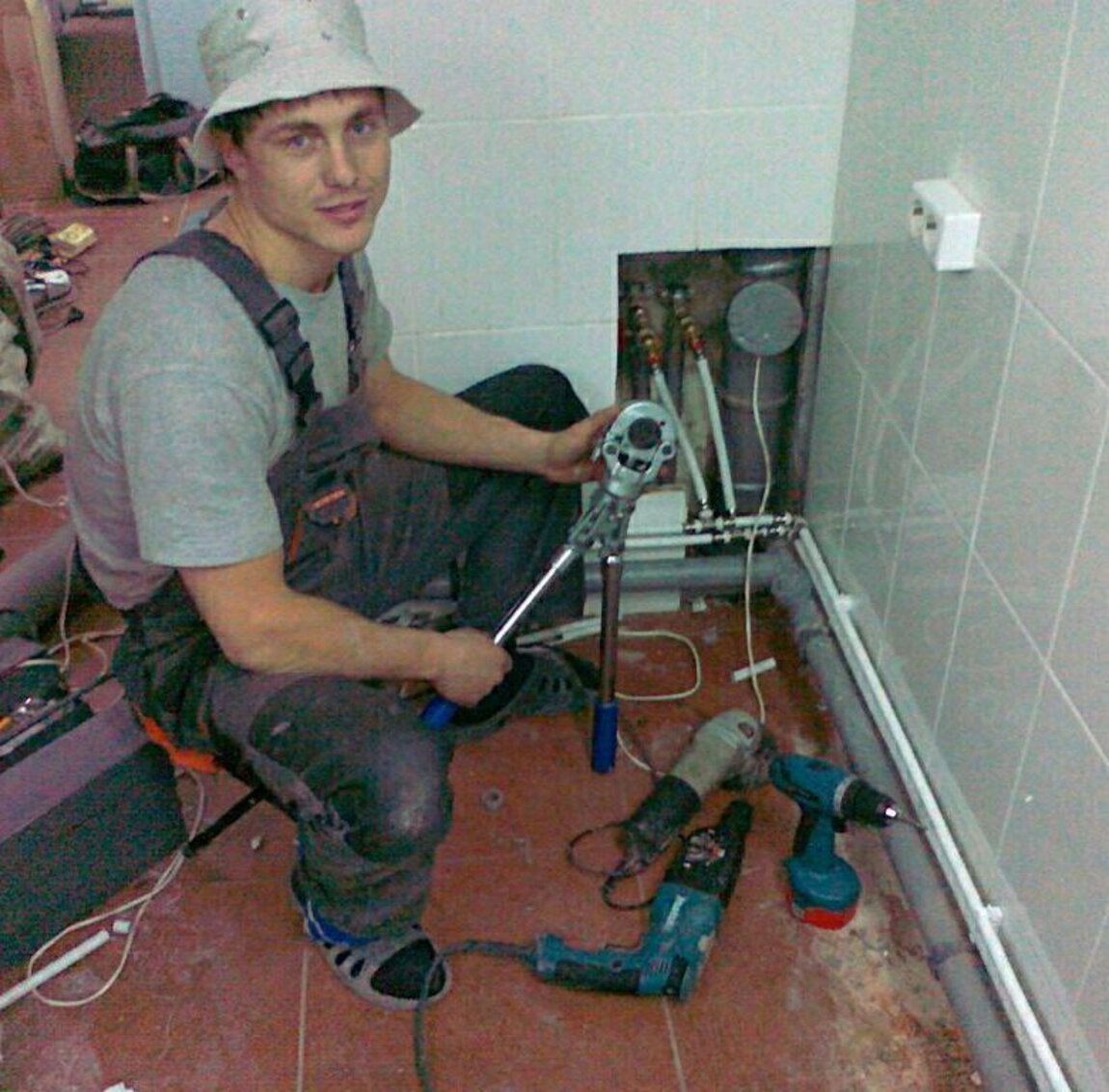
Michael Davis is a heating & plumbing expert who currently works as independent contractor in SC. He also writes for Plumbertip.
For almost 10 years he worked on various plumbing tasks across South Carolina.
